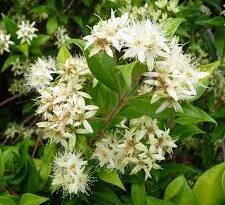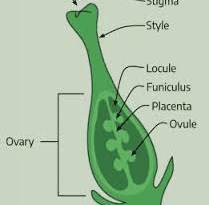Methods of Harvesting of Plantain Bunches
When harvesting plantain bunches, the bearing plant is cut and the bunch, 3 to 4 months old, is harvested when 1 or 2 fingertips of the first hand start yellowing. The bunch usually then ripens within a week. Care has to be taken that the bunch does not drop on the ground when the main plant is cut.
The whole of the pseudo stem and foliage of the main plant is then chopped and spread over the soil as a mulch for the ratoon crop. If this is not done, weevils may live and multiply on the intact pseudo stem.
Plantains are believed to have originated in Southeast Asia. Two groups of plantains are thought to have a common origin: the horn plantain and the French plantain. Both types grow in India, Africa, Egypt, and tropical America. The French plantains also occur in Indonesia and the islands of the Pacific.
In some parts of East Africa the plantain is an important beer-making crop, notably in central and eastern Uganda and Tanzania. Globally, plantains account for about 85 percent of all banana cultivation worldwide.
The plantain plant is a gigantic herb that springs from an underground stem, or rhizome. Most varieties are 3–10 metres (10–33 feet) tall and have a conical false “trunk” formed by the leaf sheaths of long spirally arranged leaves. The fruit, which is green to brown-yellow, is typically larger than the common banana and is borne in bunches.
Plantain, major group of banana varieties (genus Musa) that are staple foods in many tropical areas. The edible fruit of plantain bananas has more starch than the common dessert banana and is not eaten raw.
Because plantains have the most starch before they ripen, they are usually cooked green, either boiled or fried, in savory dishes.
The ripe fruits are mildly sweet and are often cooked with coconut juice or sugar as a flavouring. Plantains may also be dried for later use in cooking or ground for use as a meal, which can be further refined to a flour.
The usual method of harvesting plantains is to partly cut through the pseudostem approximately 2 m from the ground or at upper thirds with a machete. This allows the plant to bend over under the weight of the bunch. The bunch is then cut off and taken away while the pseudostem is left in the plot.
Read Also: Advantages of Inter-cropping a Plantain Field
You can make good profits from selling plantain bunches

plantain bunches
Plantain farming is a very lucrative business as plantain bunches sells between N650 and N1,500 in Nigeria for instance….
You planted 800 plantain suckers and you sell them at N1,500 per bunch at maturity, that is N1,200,000. After deducting expenses of about N220,000 you have N980,000 and you harvest every nine months.
Plant density: For plantains use 1,000 to 1,200 plants per acre with planted distances of 6´x 6´ or 6´x 7´ for the mountainous zone, and 10´x 4´ for the coastal plains.
As with all plants, some feeding is required. Feed the plant once a month during the summer with a slow release 8-10-8 fertilizer. A heavy feeder, a mature tree needs about 1-2 pounds (0.5-1 kg.), spread out in a 4-8 foot (1-3 m.) radius around the plant and then lightly worked into the soil.
A ripe plantain is best when it’s mostly black with a little yellow, and still slightly firm to the touch, like when you squeeze a peach. Although completely black plantains are still good to eat, they are a little too soft, making them difficult to prepare. But they’re still delicious.
Plantains are members of the banana family, but they are starchier and lower in sugar, which means that when they are ripe, they will still be green in color. While a banana makes a great, raw on-the-go-snack, plantains aren’t usually eaten raw because of the high starch content.
Read Also: Anatomy of Fishes: Female Fish and their Reproductive Strategies








